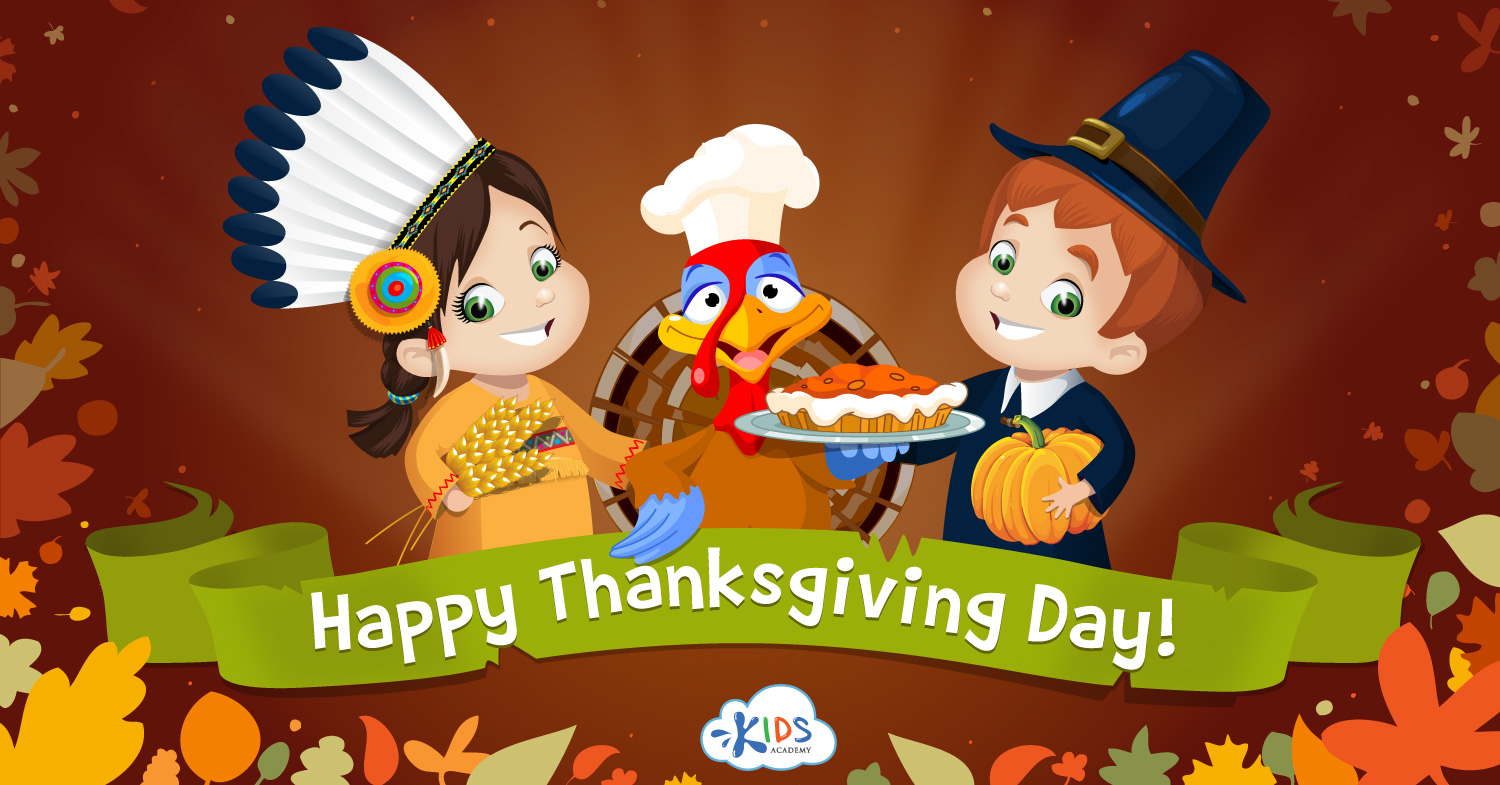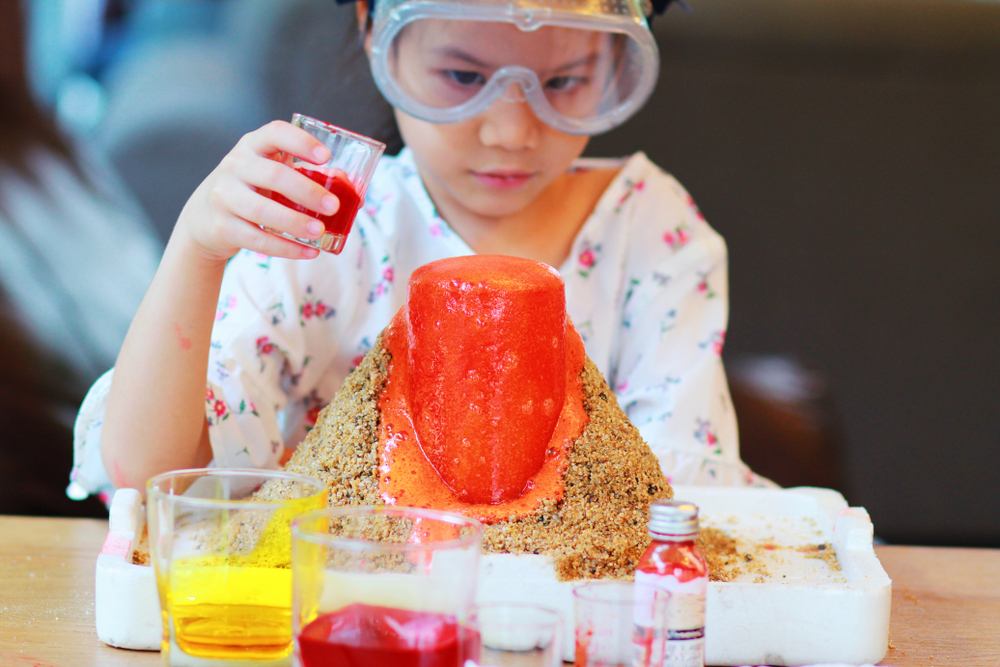Contextual understanding Worksheets for Ages 4-9
16 filtered results
-
From - To
Our "Contextual Understanding Worksheets for Ages 4-9" are designed to enhance young learners' comprehension skills through engaging and age-appropriate activities. Focusing on developing critical thinking, these worksheets help children understand the context of various texts, improving their ability to infer meaning and grasp nuances. Suitable for ages 4 to 9, the worksheets cover diverse topics and are perfect for both classroom and home settings. They foster cognitive development and encourage a love for reading by making learning enjoyable and interactive. Empower your child with strong contextual understanding skills using our expertly crafted resources. Explore, learn, and grow with us!
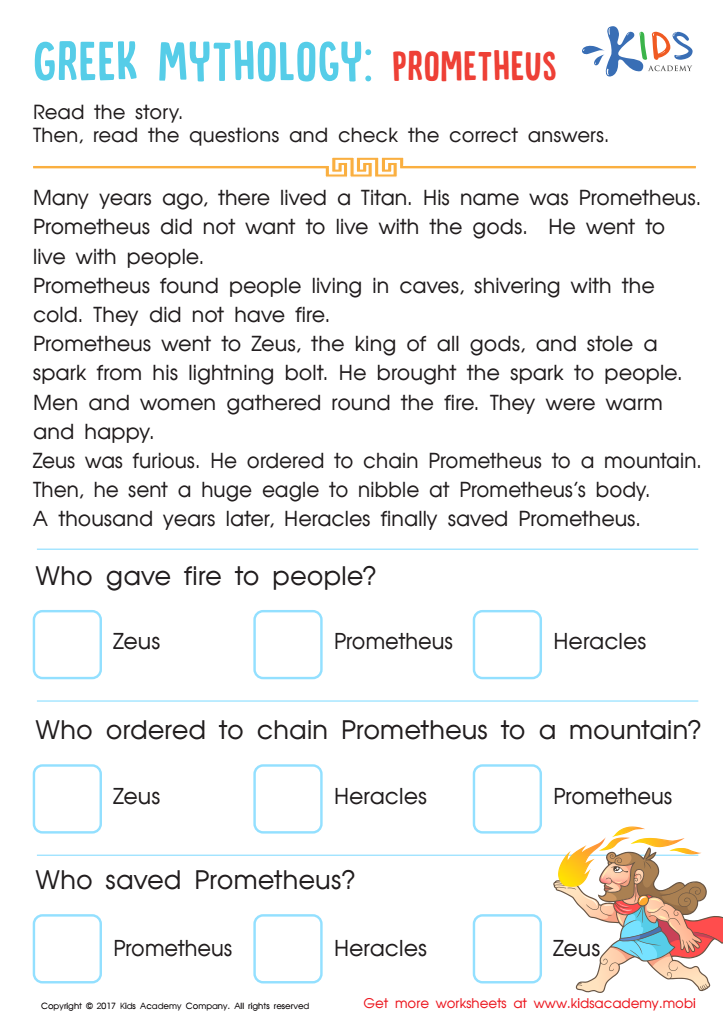

Prometheus Story Worksheet
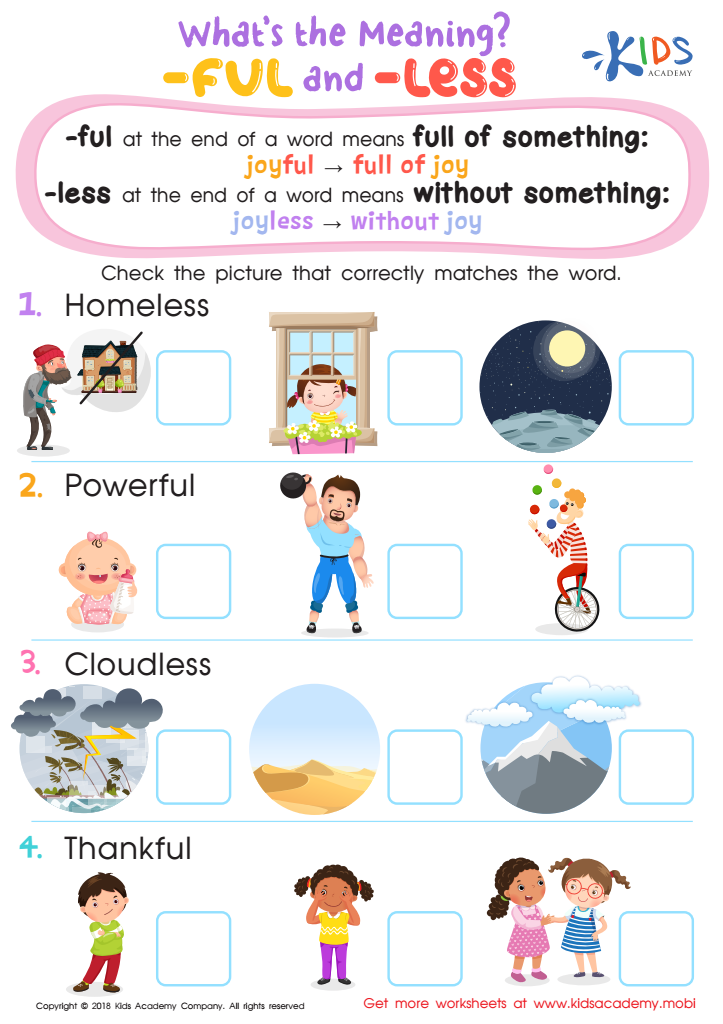

What's the Meaning? Worksheet


What Does It Mean? Worksheet


Craft and Structure: Assessment 2 Worksheet 2


Guess the Meaning Worksheet
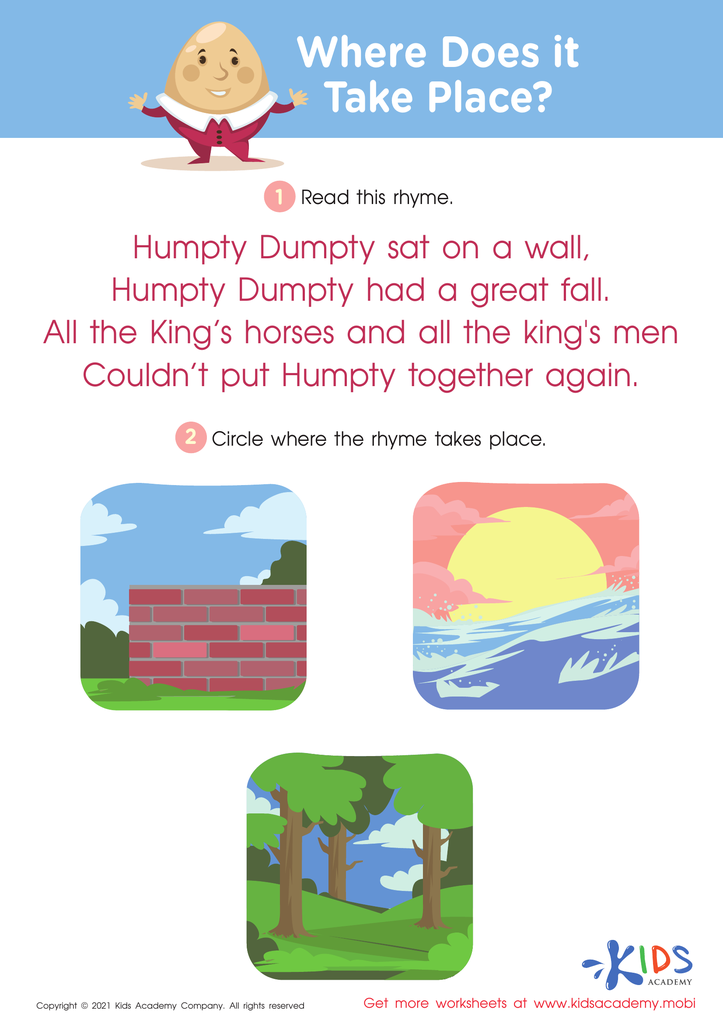

Where Does It Take Place? Worksheet
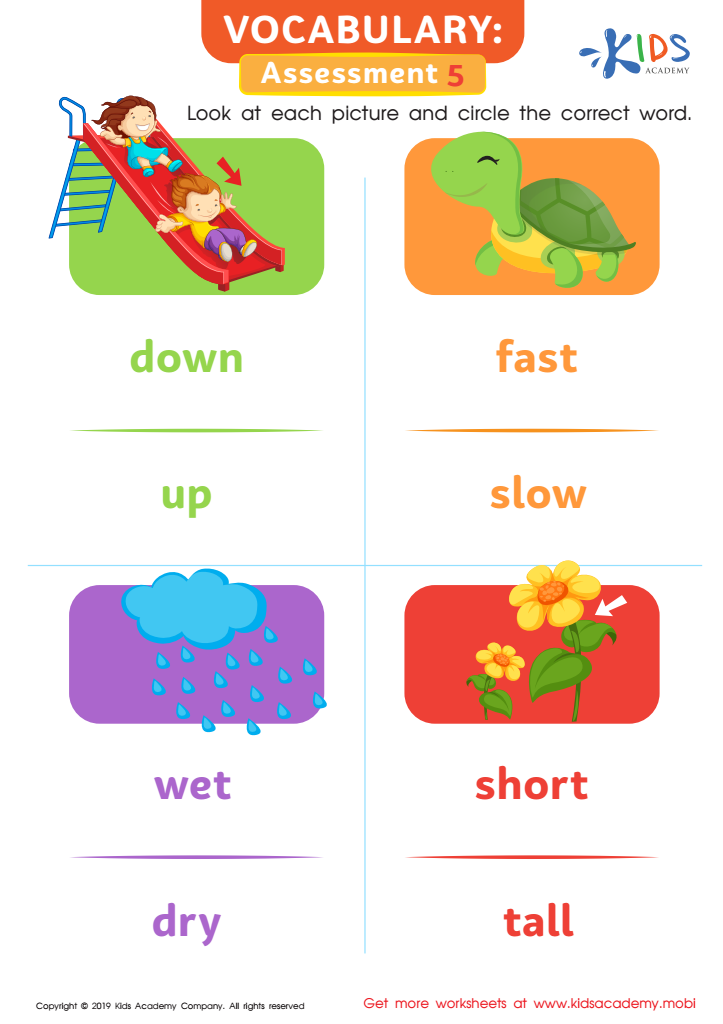

Vocabulary: Assessment 5 Worksheet


Synonym Check Worksheet
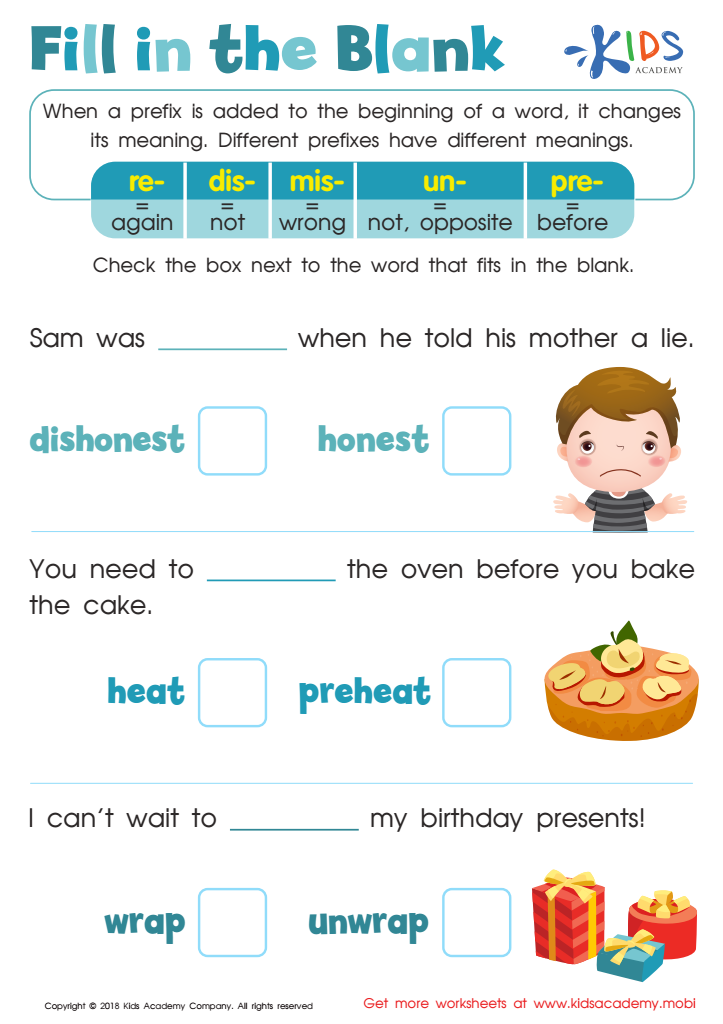

Reading: Fill in the Blank Worksheet
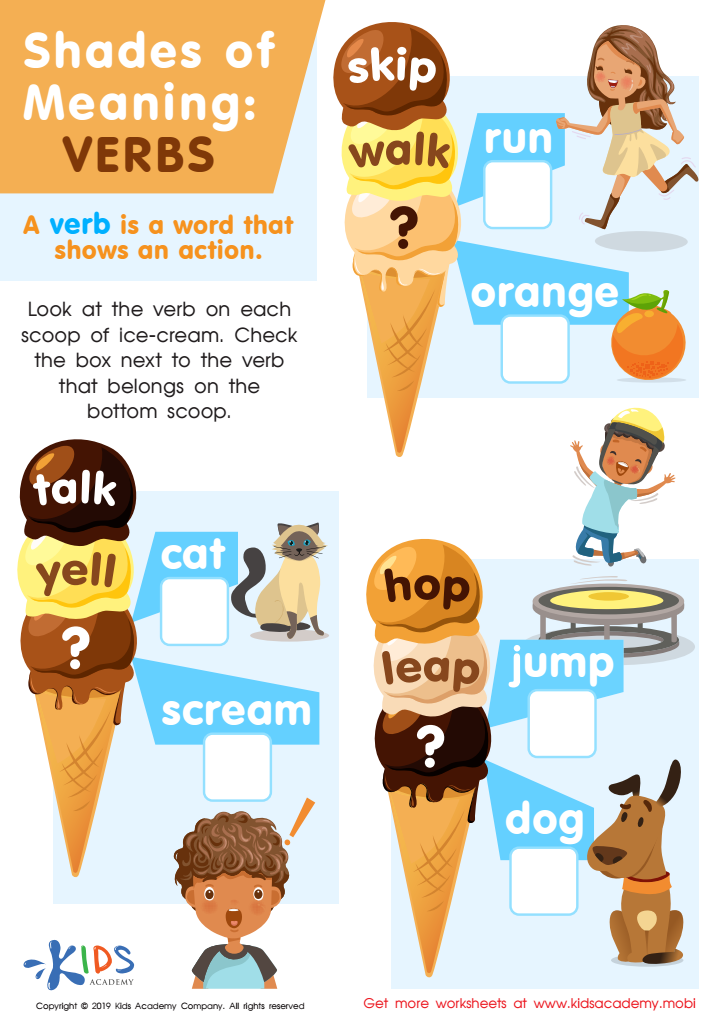

Shades of Meaning: Verbs Worksheet
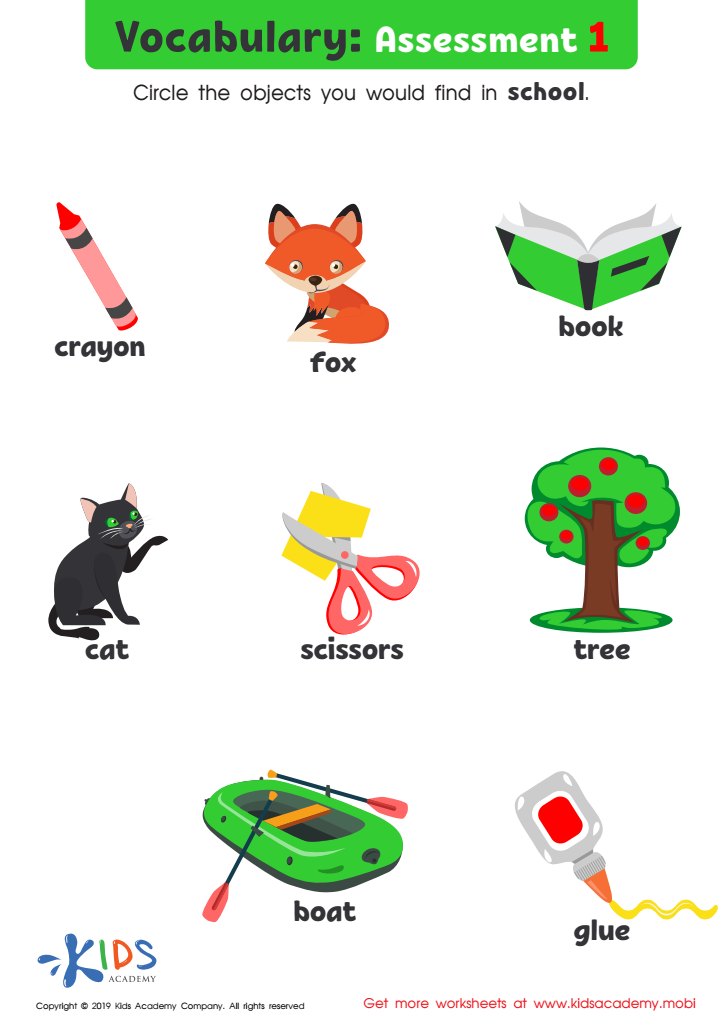

Vocabulary: Assessment 1 Worksheet
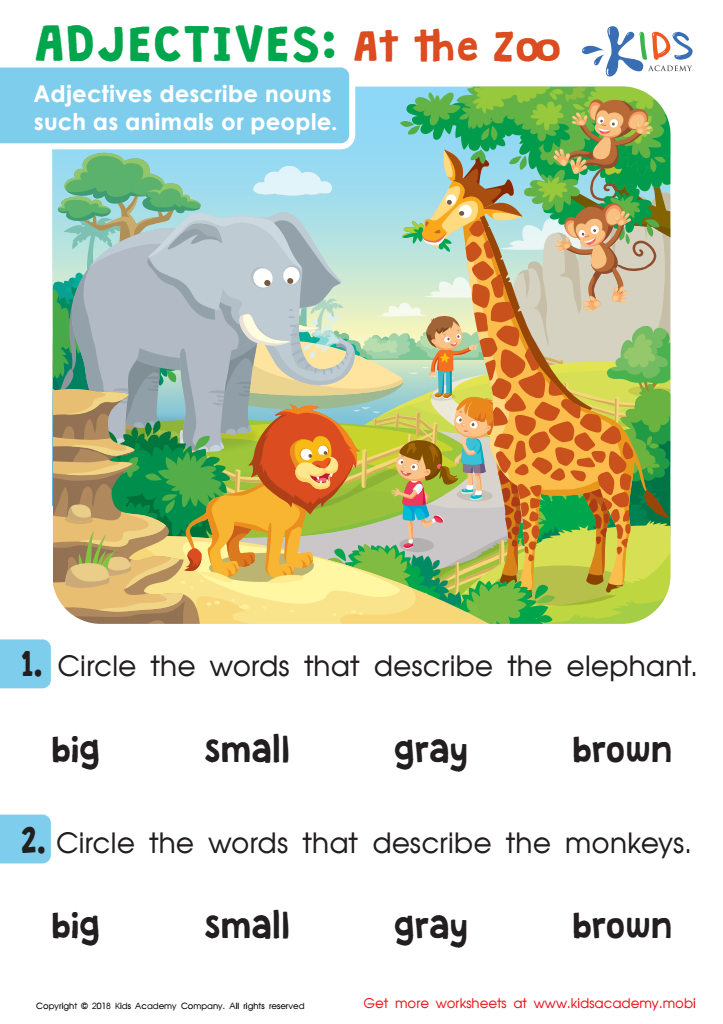

Adjectives: At The Zoo Worksheet


Adding and Subtracting to 1 Worksheet: Assessment 1
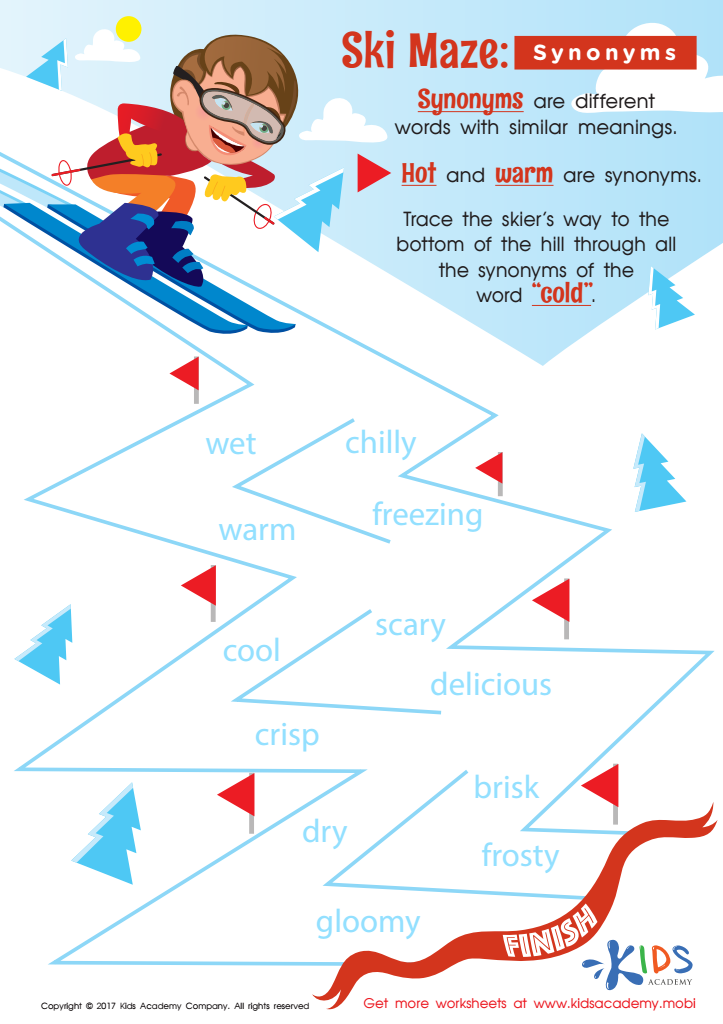

Free Printable Synonym Worksheet
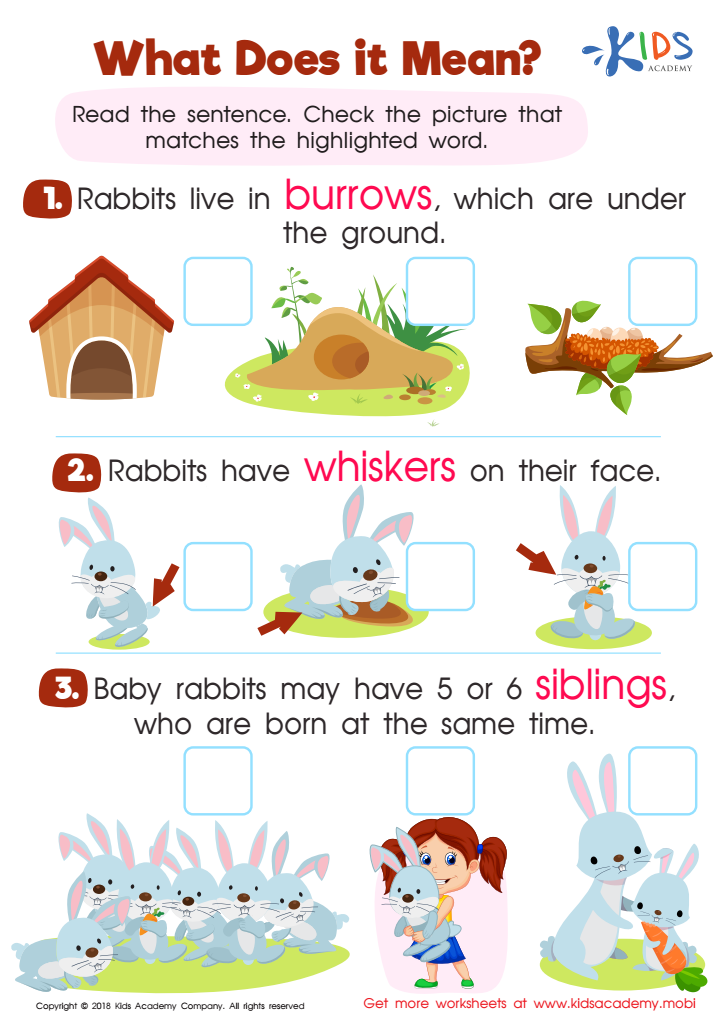

What Does It Mean? Worksheet
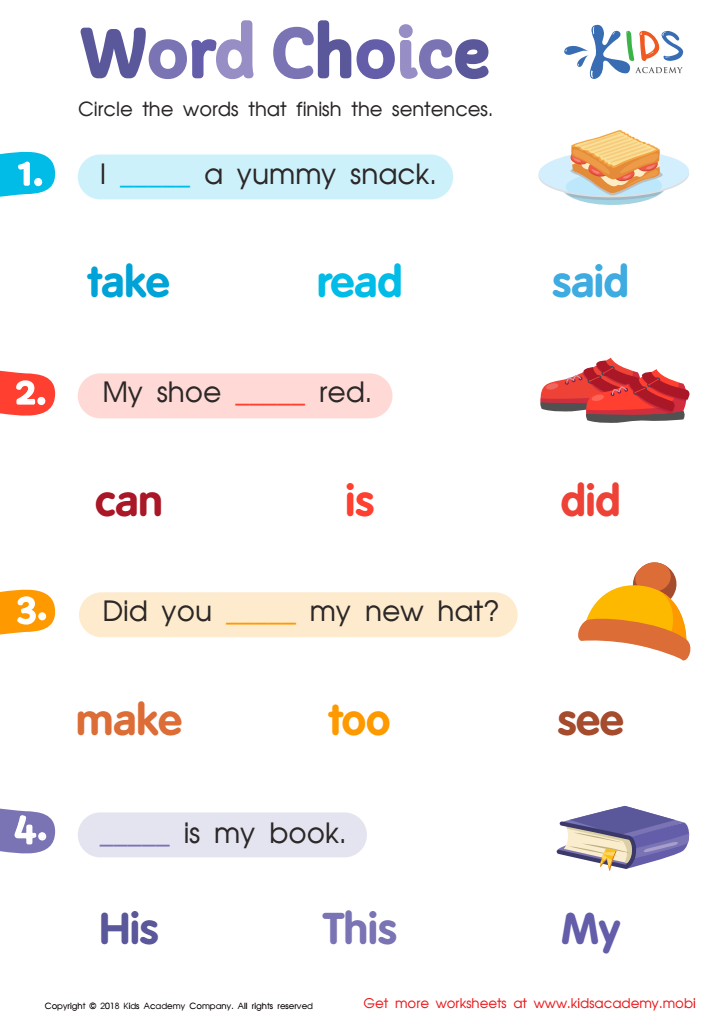

Word Choice Worksheet
Parents and teachers should prioritize contextual understanding for children aged 4-9 because it lays a solid foundation for advanced cognitive skills and literacy. At this tender age, kids are like sponges, absorbing information rapidly. Contextual learning helps them understand the relationship between words, ideas, and concepts rather than just memorizing facts. This method nurtures critical thinking, problem-solving skills, and the ability to apply knowledge in real-world scenarios.
Furthermore, contextual understanding makes learning more relevant and engaging. Children can see how new information connects with what they already know, making education a more enjoyable and meaningful experience. For example, learning about plants in a science class while also discussing different climates in geography makes the information cohesive and memorable.
Socially and emotionally, being able to comprehend contexts helps children improve their communication skills. They learn to infer meaning from the world around them, making it easier to understand social cues and build relationships with peers.
In essence, fostering contextual understanding prepares children not just for academic success but also for becoming better problem-solvers and thoughtful citizens. It encourages lifelong learning and adaptability, skills critical for future personal and professional growth. Therefore, family members and educators have a vital role in emphasizing this mode of comprehension.
 Assign to My Students
Assign to My Students






